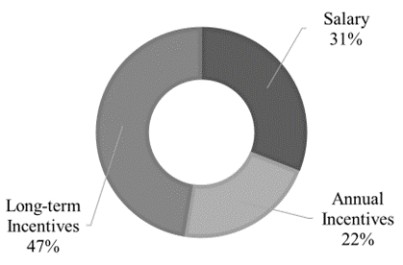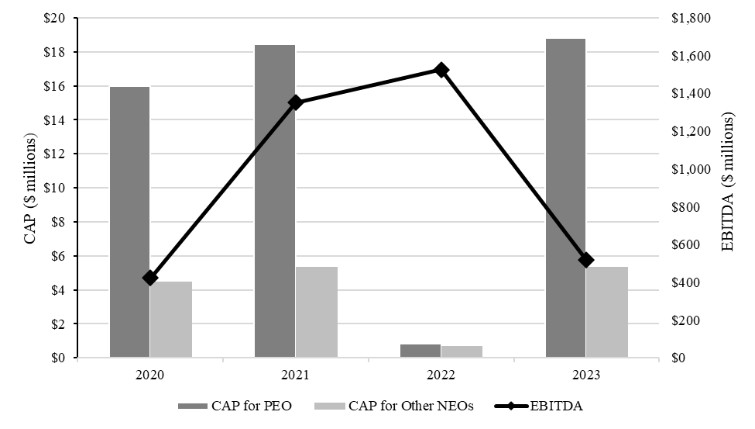How will abstentions and broker non-votes affect the votes?
Abstentions and broker non-votes, if any, will generally have no effect on the voting results for any proposal, as they are not considered to be votes cast under Hawaii corporate law.
How will my shares be voted if I give my proxy but do not specify how my shares should be voted?
If you provide specific voting instructions, your shares will be voted at the Annual Meeting in accordance with your instructions. If you hold shares in your name (i.e., you are a shareholder of record and not a street name holder) and sign and return a proxy card without giving specific voting instructions, your shares will be voted “FOR” each of the director nominees named in this Proxy Statement, “FOR” Proposal 2, and “FOR” Proposal 3, in accordance with the Board’s recommendations.
Who will count the votes?
At the Annual Meeting, votes will be counted by an election inspector from the Company. Such inspector will participate in the Annual Meeting to process and count the votes cast by our shareholders, make a report of inspection and certify as to the number of votes cast on each proposal.
Who will conduct the proxy solicitation and how much will it cost?
We are soliciting proxies from shareholders on behalf of our Board and will pay for all costs incurred by it in connection with the solicitation. In addition to solicitation by mail, the directors, officers and employees of Matson and its subsidiaries may solicit proxies from shareholders in person or by telephone, videoconference, facsimile or email without additional compensation other than reimbursement for their actual expenses.
We have retained Alliance Advisors, a proxy solicitation firm, to assist us in the solicitation of proxies for the Annual Meeting. We will pay Alliance Advisors a fee of approximately $9,500 and reimburse the firm for its reasonable out-of-pocket expenses.
Arrangements also will be made with brokerage firms and other custodians, nominees and fiduciaries for the forwarding of solicitation material to the beneficial owners of stock held of record by such persons, and we will reimburse such custodians, nominees and fiduciaries for their reasonable out-of-pocket expenses in connection with these forwarding services.
Where can I find the voting results of the Annual Meeting?
We will announce preliminary voting results at the Annual Meeting and expect to publish final results on a Form 8-K filed with the SEC within four business days after the Annual Meeting.
How can I request a copy of the Annual Report on Form 10-K?
A copy of the Company’s Annual Report on Form 10-K for the fiscal year ended December 31, 2023 (including the consolidated financial statements and consolidated financial statement schedules) will be sent to any shareholder without charge by contacting Matson, Inc., 555 12th Street, Oakland, California 94607, Attn: Corporate Secretary, or by calling (510) 628-4000.
What is householding?
The Company may elect to “household” the mailing of the proxy statement and our annual report for individual shareholders sharing an address with one or more other shareholders. This means that only one copy of the annual report and proxy statement or Notice of Internet Availability of Proxy Materials will be sent to that address unless one or more shareholders at that address specifically elect to receive separate mailings. Shareholders who participate in householding will continue to receive separate proxy






























